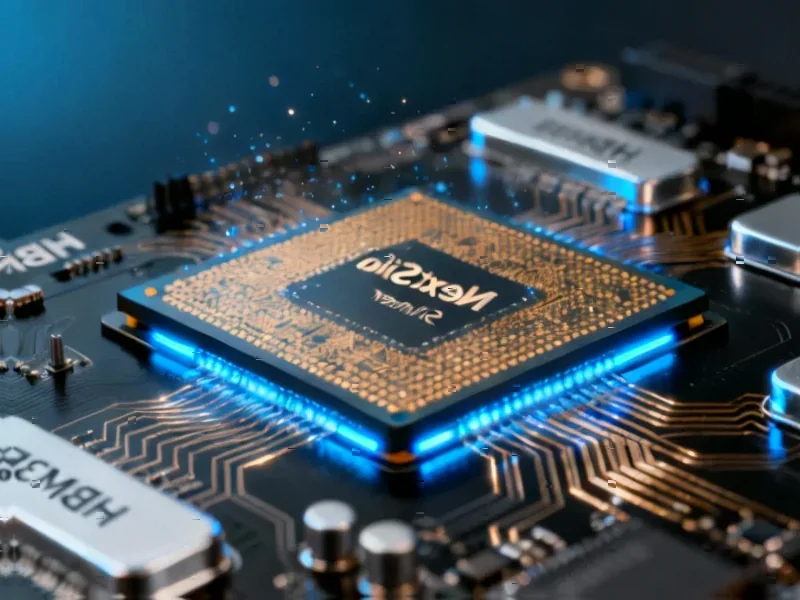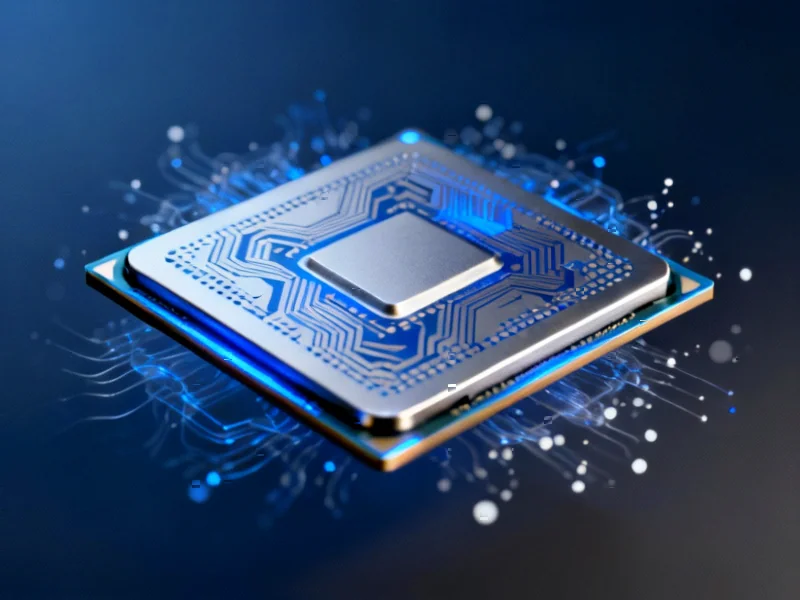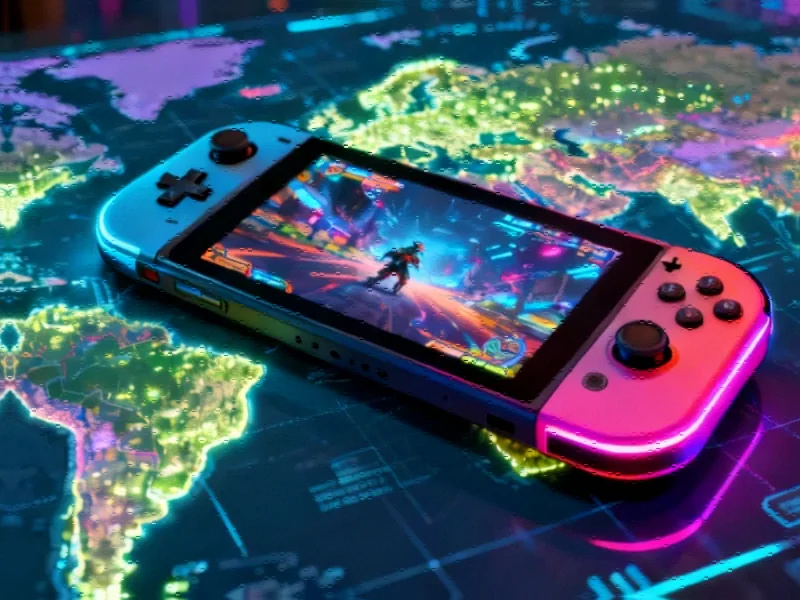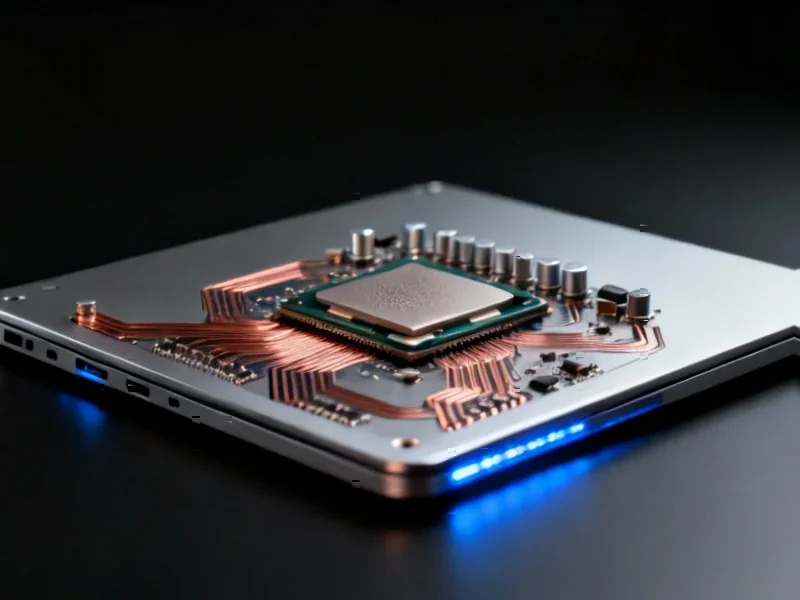According to XDA-Developers, AMD released Adrenalin driver version 25.10.2 on October 29th with patch notes stating new game support and Vulkan extensions would only be available for RX 7000 and 9000 series GPUs. The company initially told German publication pcgameshardware.de that RX 5000 and 6000 series cards were entering “maintenance mode” with only security and critical bug fixes. Following community backlash, AMD clarified to Tom’s Hardware on November 2nd that “maintenance mode” would include game optimizations based on “market needs.” They later published a blog titled “Continued Support for Every Radeon Gamer” attempting to reassure owners. The controversy affects RDNA 2 GPUs that launched in late 2020 and were still being sold as recently as 2023 with models like the RX 6750 GRE.
The AMD Confusion Cycle
Here’s the thing about AMD’s messaging: it’s been all over the place. First they say RDNA 1 and 2 are basically done for new features. Then they walk it back. Then they publish a corporate blog post that tries to smooth things over without actually committing to anything concrete. It’s the kind of communication chaos that makes you wonder who’s actually running the show over there.
And let’s be real – when a company starts talking about “market needs” determining whether your graphics card gets optimized for new games, that’s corporate speak for “we might not bother.” These aren’t ancient cards we’re talking about. RDNA 2 GPUs are still perfectly capable of handling modern titles, and you can literally buy them new right now from some retailers. So why would AMD even consider cutting them off from performance updates?
The Nvidia Contrast
Now compare this to what Nvidia’s doing. They’re still releasing Game Ready drivers for RTX 20 series cards that launched in 2018. The GTX 10 series just lost support this month, and even then they’re getting security updates through 2028. That’s seven years of proper driver support versus AMD’s questionable five years for RDNA 2.
It’s not just about the raw numbers though. Nvidia’s approach creates confidence. When you buy one of their cards, you know you’re getting long-term support. AMD’s value proposition has always been about longevity – extra VRAM, future-proof features – but this driver drama undermines that completely. Basically, they’re pulling the rug out from under their own marketing.
Consumer Trust Takes a Hit
I can’t help but think about the people who bought into AMD’s ecosystem based on that longevity promise. The RX 6000 series was supposed to be the smart choice for budget-conscious gamers who wanted their hardware to last. Now those same buyers are wondering if they made a mistake.
And what about current RDNA 4 owners? If AMD’s willing to put relatively recent architectures on the back burner, how long until the RX 9070 XT gets the same treatment? It creates this nagging doubt that makes you second-guess your purchase. That’s not the kind of relationship you want with your hardware vendor.
Why This Matters for Competition
We need AMD to be competitive in the GPU space. Without genuine competition, Nvidia can do whatever they want with pricing and features. But AMD shooting themselves in the foot like this doesn’t help anyone. It just makes people more likely to default to Team Green next time they’re shopping.
The company says they’ll continue supporting all architectures with optimizations. But after this mess, who actually believes them? Actions speak louder than words, and AMD’s initial instinct was to cut older cards loose. That tells you everything you need to know about their priorities.




